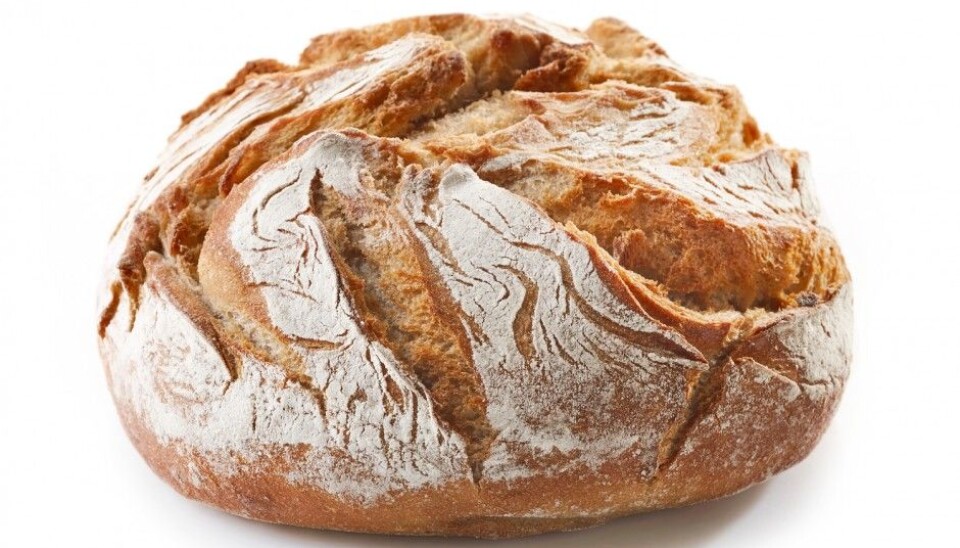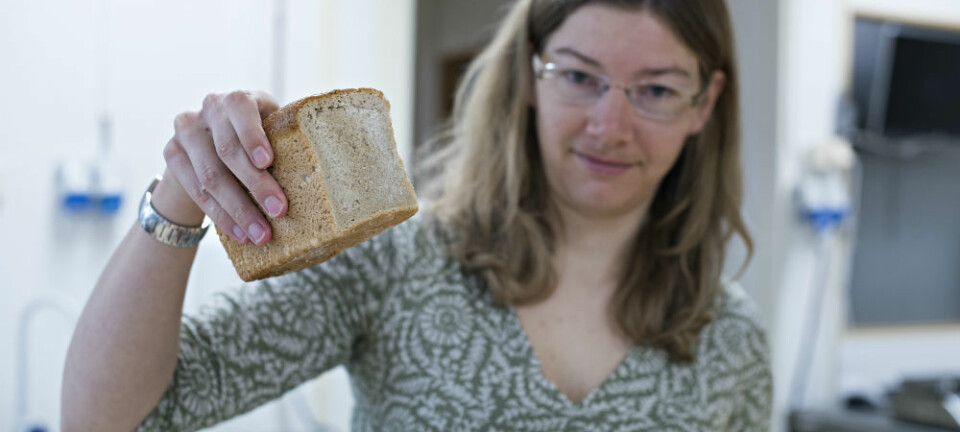
Choice of bread is a class issue
What kind of bread do you eat? This could depend on your educational level and what you were served at home as a child.
When a Swedish researcher let 398 persons aged 18 to 80 taste nine types of bread the responses followed a pattern:
- People with little education and those who ate more white bread as children prefer soft, airy white bread.
- Adolescents are not so fond of the types of bread considered healthy by nutritionists and recommended by health authorities.
Preferred white breads like french bread
“Among the young and the old, those who preferred light, soft bread with a sweeter taste had lower educational levels. They had also to a larger extent eaten white bread in their childhood,” says Pernilla Sandvik of Uppsala University to ScienceNordic’s Swedish partner forskning.se.
Age groups also tended to have distinct preferences in the Swedish test:

The youngest half of the participants (18-44 years) preferred bread with a mild taste that was easy to chew and lacked whole-grain flour.
The older ones (45-80 years) preferred courser, whole-grain bread.
This was a blind test, meaning the participants were not told what sort of bread they were eating.
Hard to select
Many of the participants in the same study thought it was hard to figure out which breads in supermarkets are healthy.
A survey made by Swedish bread researchers explains some of the test subjects’ confusion.
It showed that even though the packaging designates whether the bread is made from, for instance, sough dough or rye, this is no guarantee that the bread is particularly healthy.
The Consumer Council of Norway has warned that the bakery industry misleads the public by trying to pass bread off as healthier than it really is.
The icon system “Brødskalaen” [the bread scale] is supposed to indicate the percentage of whole grain or ground whole grain flour in the bread bought by Norwegians. But the Consumer Council says this is misleading.
Bread might largely be made of refined flour and gluten but appears on the pie-chart bread scale to have a high whole grain content because of added bran.
Darkness doesn’t do it
Another Swedish study offers some advice for consumers looking for healthy bread.
Use your senses. Healthy bread feels compact. It takes a while to chew. It also has a noticeable sour taste.
The degree of darkness or lightness is not a good indicator.
Bakeries can add malt or malt flour to the bread to make it darker.
Malted flour breaks down to sugars which are then caramelised. This gives the bread sweetness and darkness – and consumers think they are getting bread that is both healthy and good tasting.
The Consumer Council has found in an analysis that over half the tested bread in Norway has added malt.
--------------------------------------------
Read the Norwegian version of this article at forskning.no
Translated by: Glenn Ostling
Scientific links
- Pernilla Sandvik: “Rye bread in Sweden: Health-related and sensory qualities, consumer perceptions and consumption patterns”, Uppsala University Publications, 2017.
- Pernilla Sandvik: “Different liking but similar healthiness perceptions of rye bread among younger and older consumers in Sweden”, Food Quality and Preference, 2017.






